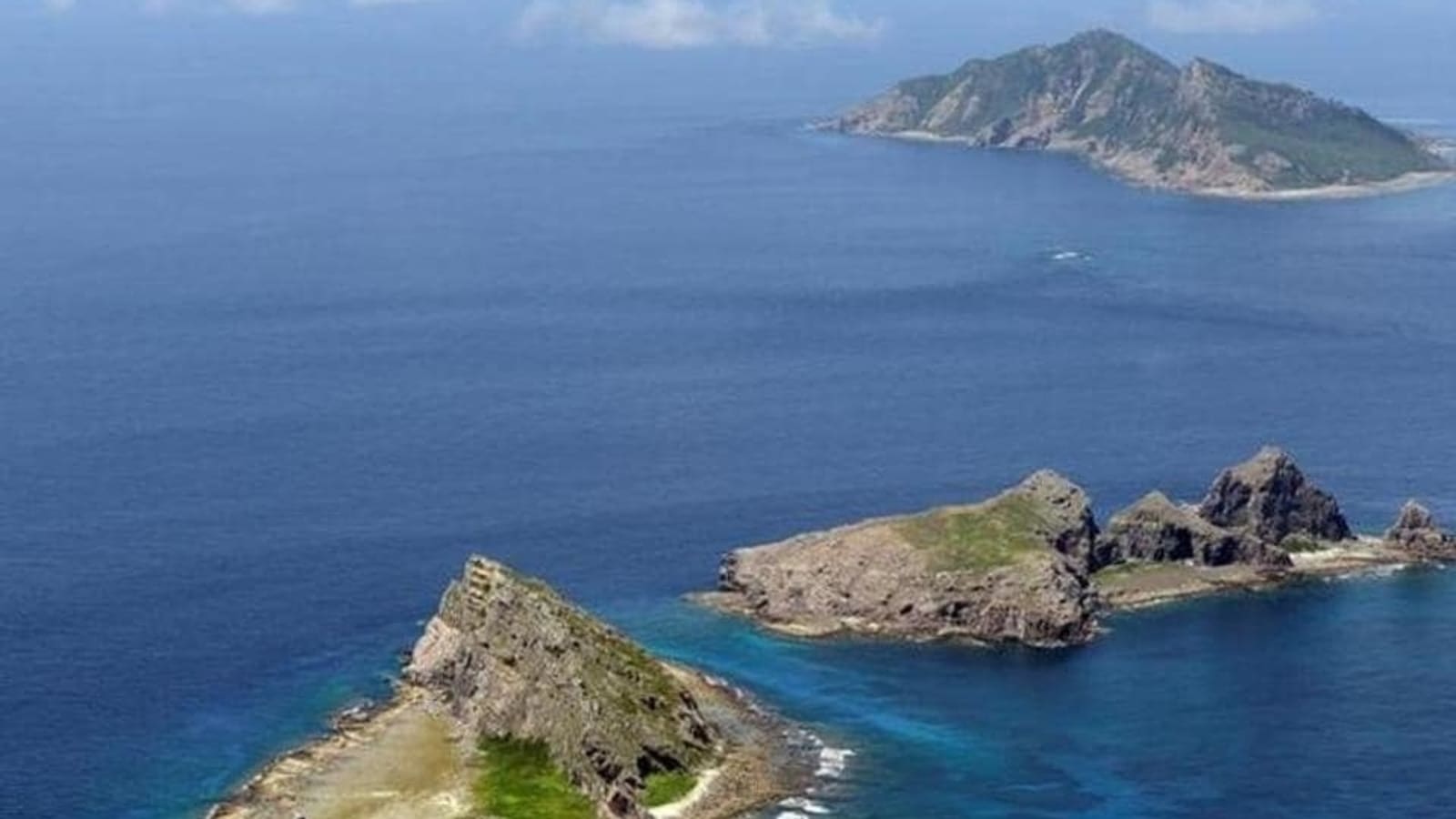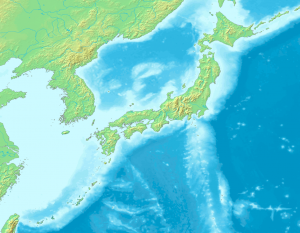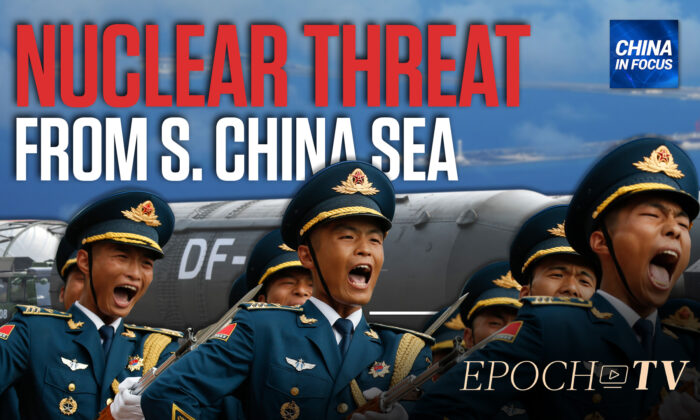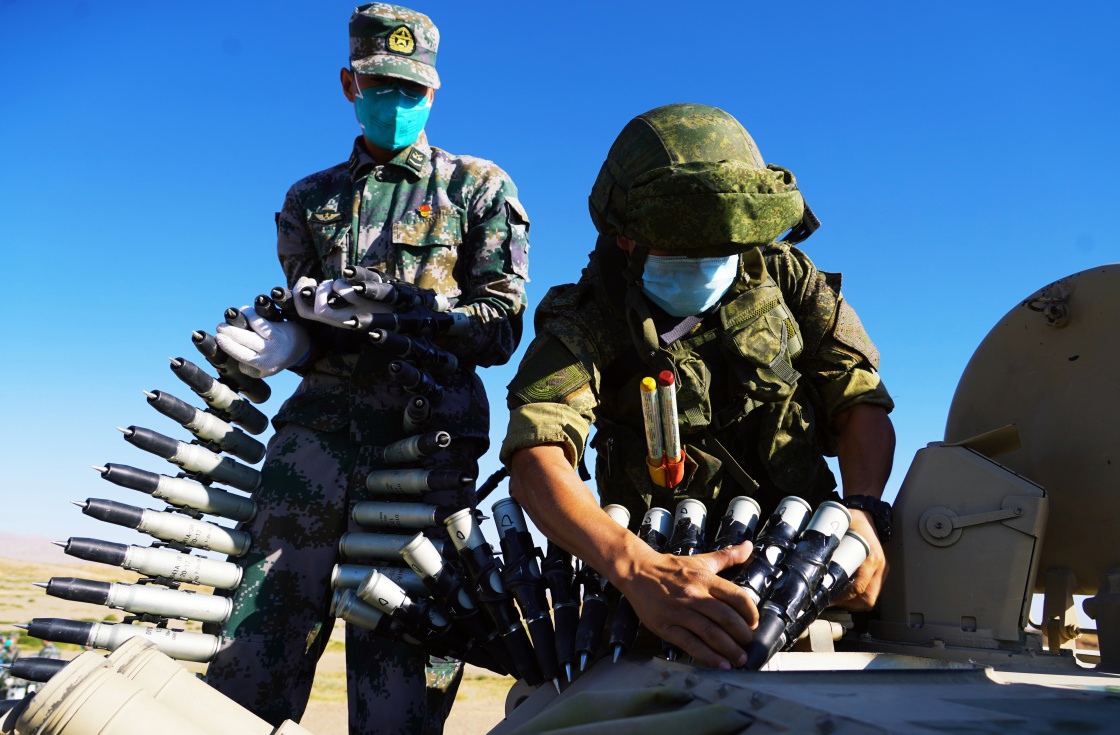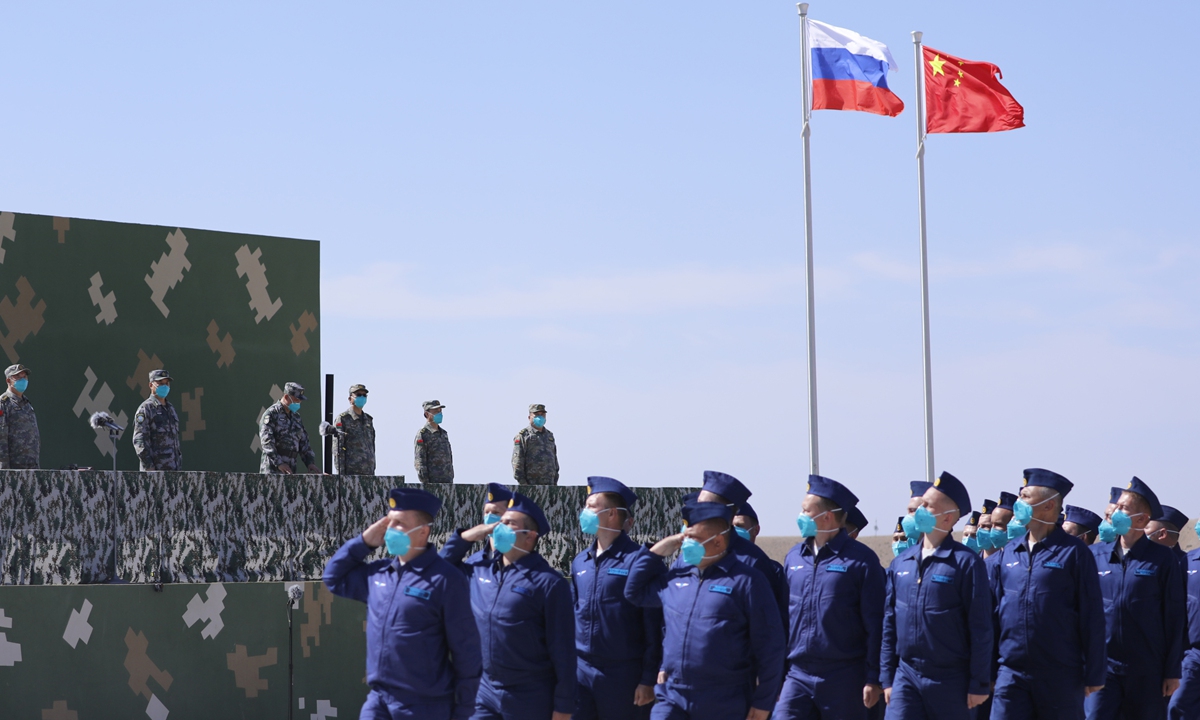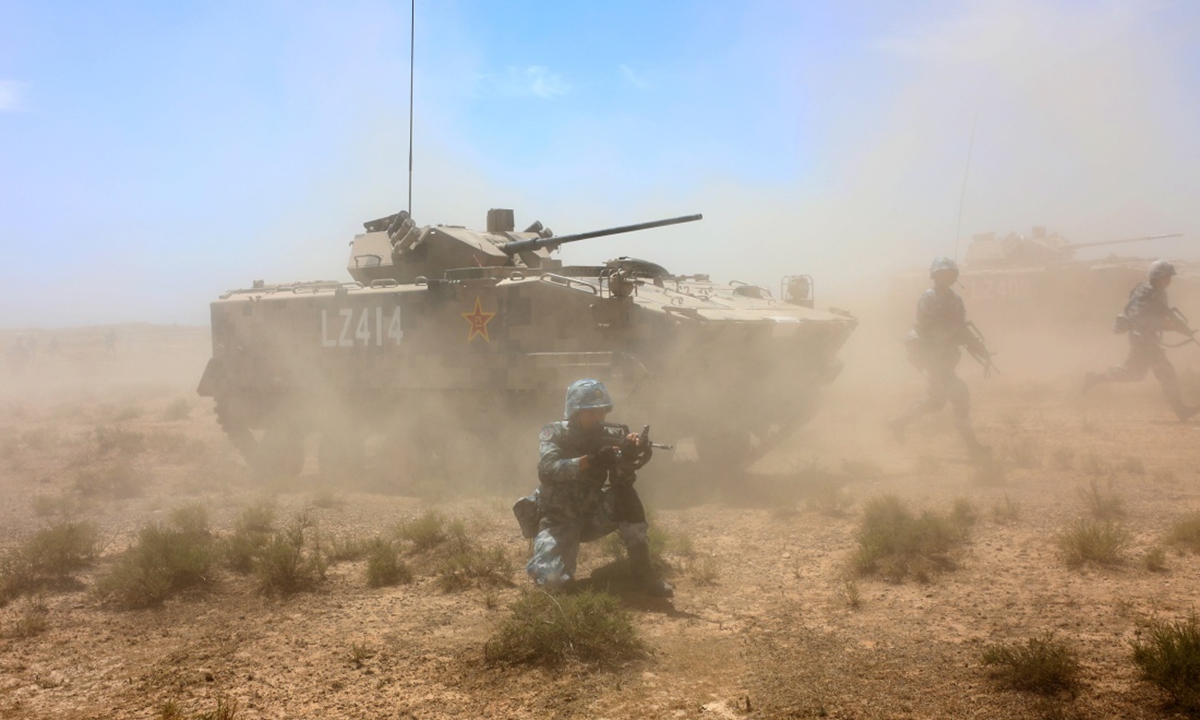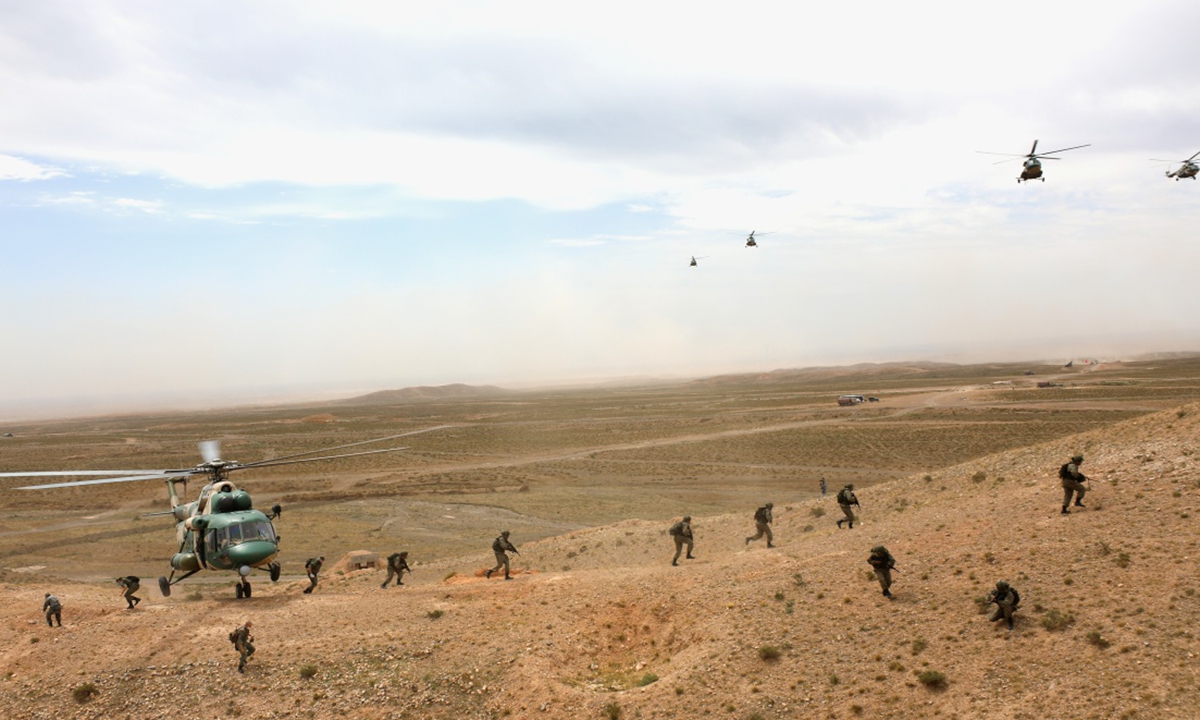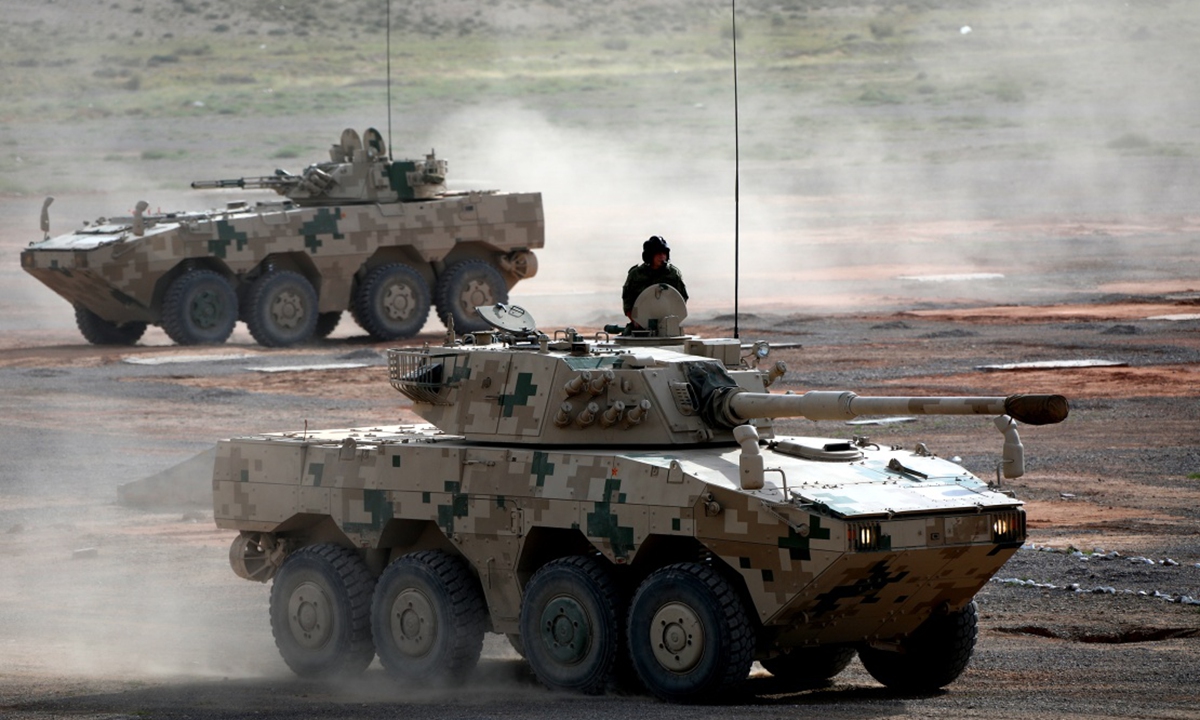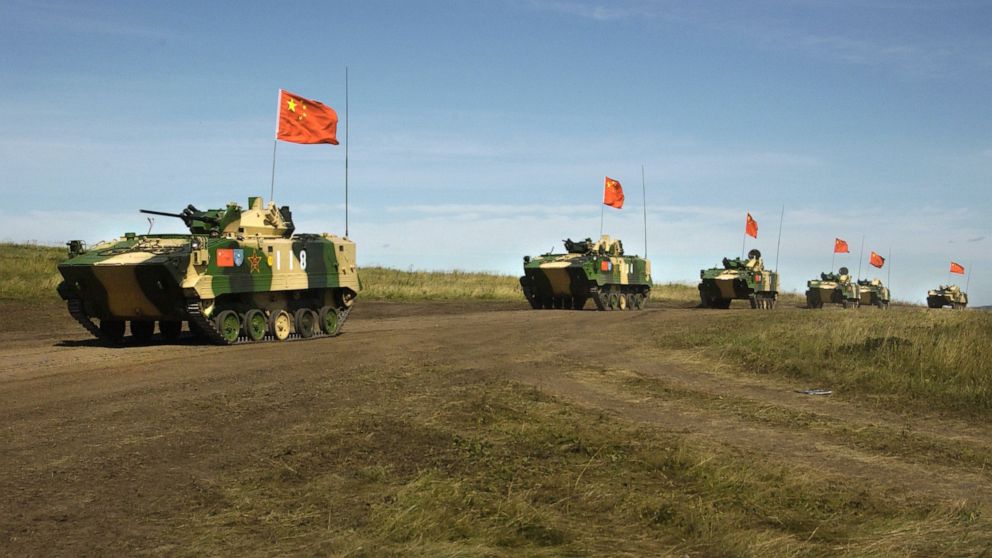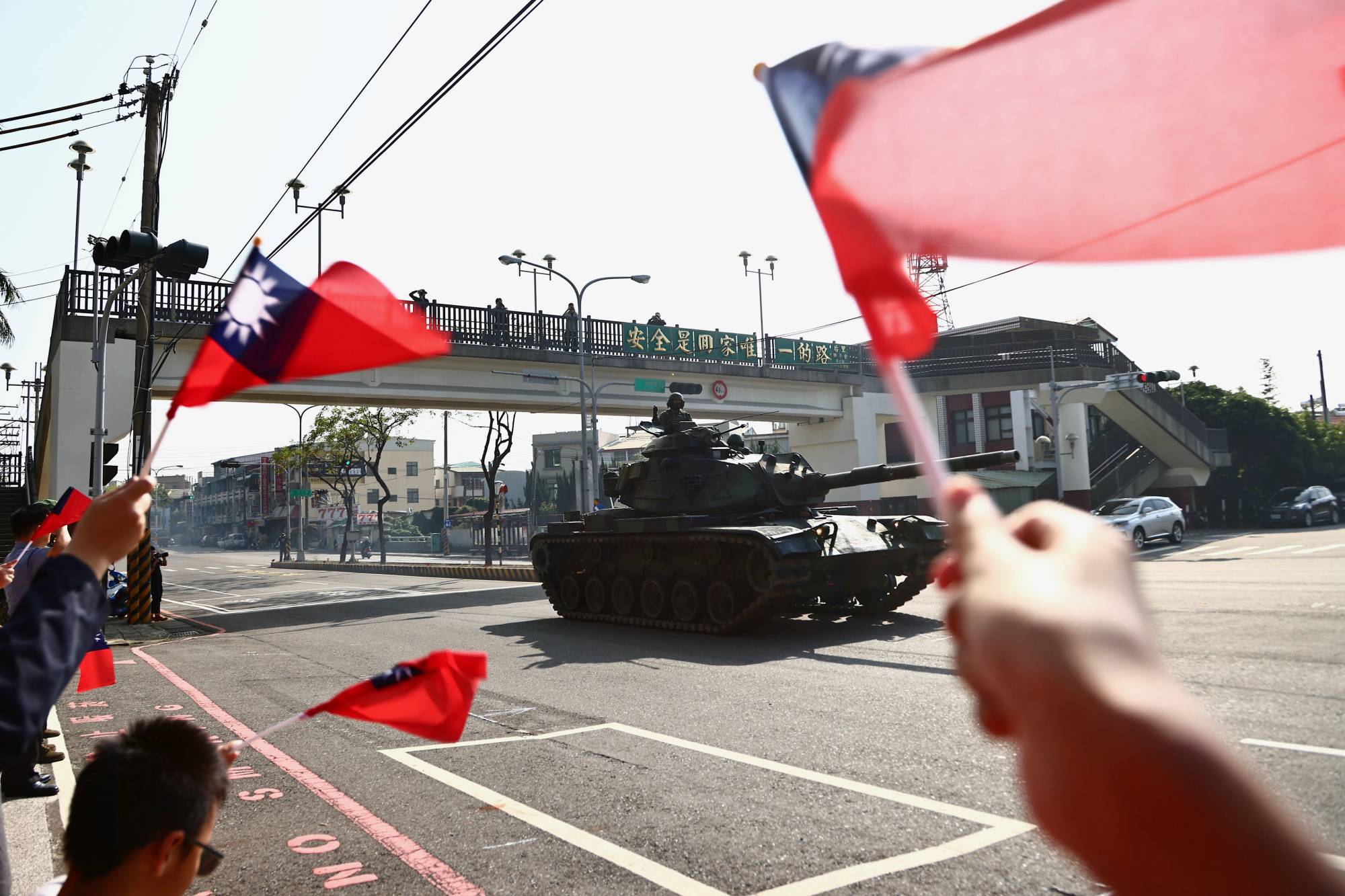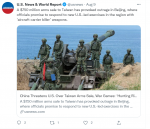northern watch
TB Fanatic
The biggest mobilization of the last 40 years: All U.S. Navy fleets on combat readiness!
The largest mobilization of the last 40 years(!) began with the U.S. Navy putting the Fleets on combat readiness.
In a move described as "unprecedented" the US Navy is proceeding with a global mobilization of its naval forces by synchronizing the Fleets in 17 different Time Zones, from the Black Sea and the Mediterranean to the South China Sea and the East China Sea.
War News 24 / 7
04/08/2021 - 12:15
The move raises reasonable concern amid escalating tensions with Iran.
The biggest mobilization in decades
The U.S. Navy begins a global exercise that runs until August 16. This is the biggest exercise in 40 years in a global effort aimed at sending a message to Russia and China that America can fight simultaneously on multiple fronts.
All systems, new weapons, surface units, submarines, aircraft, in war simulation mode will be tested on many fronts.
"Exercise Large Scale 2021 marks a return to similar Cold War exercises of the 1980s, demonstrating determination and new capabilities," the 6th Fleet Command said.
The exercise also comes as the US Pentagon upgrades its combat doctrine to defend itself against attacks on communications systems and logistics networks.
"A simulated battle against a high-level enemy in October revealed these vulnerabilities and caused changes," General John Hyten said, as revealed by WarNews247 in an earlier article.
It's official – US General: "We are leaving the Middle East due to China-Russia – We have suffered a crushing defeat in simulated war" (video)
World War II simulation against China-Russia
"The Great Naval Exercise (LSE) includes units located in 17 different Time Zones. Commanders will test weapons and equipment across the spectrum of naval warfare from tactical to strategic, integrating the Marine Corps to demonstrate the ability of our global fleet to conduct coordinated operations from the open ocean to coastal operations," said Vice Admiral Gene Black , Commander of the U.S. 6th Fleet.
"The goal of the large naval exercise is also to demonstrate that our U.S. naval forces and Marines can "deny" the adversary control of the seas, which is particularly critical in the Western Pacific, where the U.S. hopes to prevent China from occupying Taiwan or occupying the Shenkaku Islands run by Japan," Holmes said.
The exercise will test US operational methods and technologies, such as the emphasis on large ships and high-end systems to create a agile, effective force designed to take blows and continue combat without serious problems," stressed Holmes.
"In that sense we go back to the approach we had during World War II, when we had a lot of cheap, pretty good stuff and we could lose some and keep going," Holmes said.
"If we show our adversaries that this approach works, we strengthen our ability to prevent an attack against us or against our allies."
Only U.S. forces will participate in the mobilization.
"We have shifted our focus from an individual Carrier Strike Group to a larger Fleet-focused approach, raising the level of difficulty for our Commanders to make decisions with speed and precision that outpaces adversaries," Admiral Christopher W. Grady said.
"This exercise is more than just training. It leverages the integrated multi-naval combat force to share sensors, weapons and platforms across the world."
The biggest mobilization of the last 40 years: All U.S. Navy fleets on combat readiness! - WarNews247
The largest mobilization of the last 40 years(!) began with the U.S. Navy putting the Fleets on combat readiness.
In a move described as "unprecedented" the US Navy is proceeding with a global mobilization of its naval forces by synchronizing the Fleets in 17 different Time Zones, from the Black Sea and the Mediterranean to the South China Sea and the East China Sea.
War News 24 / 7
04/08/2021 - 12:15
The move raises reasonable concern amid escalating tensions with Iran.
The biggest mobilization in decades
The U.S. Navy begins a global exercise that runs until August 16. This is the biggest exercise in 40 years in a global effort aimed at sending a message to Russia and China that America can fight simultaneously on multiple fronts.
All systems, new weapons, surface units, submarines, aircraft, in war simulation mode will be tested on many fronts.
"Exercise Large Scale 2021 marks a return to similar Cold War exercises of the 1980s, demonstrating determination and new capabilities," the 6th Fleet Command said.
The exercise also comes as the US Pentagon upgrades its combat doctrine to defend itself against attacks on communications systems and logistics networks.
"A simulated battle against a high-level enemy in October revealed these vulnerabilities and caused changes," General John Hyten said, as revealed by WarNews247 in an earlier article.
It's official – US General: "We are leaving the Middle East due to China-Russia – We have suffered a crushing defeat in simulated war" (video)
World War II simulation against China-Russia
"The Great Naval Exercise (LSE) includes units located in 17 different Time Zones. Commanders will test weapons and equipment across the spectrum of naval warfare from tactical to strategic, integrating the Marine Corps to demonstrate the ability of our global fleet to conduct coordinated operations from the open ocean to coastal operations," said Vice Admiral Gene Black , Commander of the U.S. 6th Fleet.
"The goal of the large naval exercise is also to demonstrate that our U.S. naval forces and Marines can "deny" the adversary control of the seas, which is particularly critical in the Western Pacific, where the U.S. hopes to prevent China from occupying Taiwan or occupying the Shenkaku Islands run by Japan," Holmes said.
The exercise will test US operational methods and technologies, such as the emphasis on large ships and high-end systems to create a agile, effective force designed to take blows and continue combat without serious problems," stressed Holmes.
"In that sense we go back to the approach we had during World War II, when we had a lot of cheap, pretty good stuff and we could lose some and keep going," Holmes said.
"If we show our adversaries that this approach works, we strengthen our ability to prevent an attack against us or against our allies."
Only U.S. forces will participate in the mobilization.
"We have shifted our focus from an individual Carrier Strike Group to a larger Fleet-focused approach, raising the level of difficulty for our Commanders to make decisions with speed and precision that outpaces adversaries," Admiral Christopher W. Grady said.
"This exercise is more than just training. It leverages the integrated multi-naval combat force to share sensors, weapons and platforms across the world."
The biggest mobilization of the last 40 years: All U.S. Navy fleets on combat readiness! - WarNews247
Last edited:





